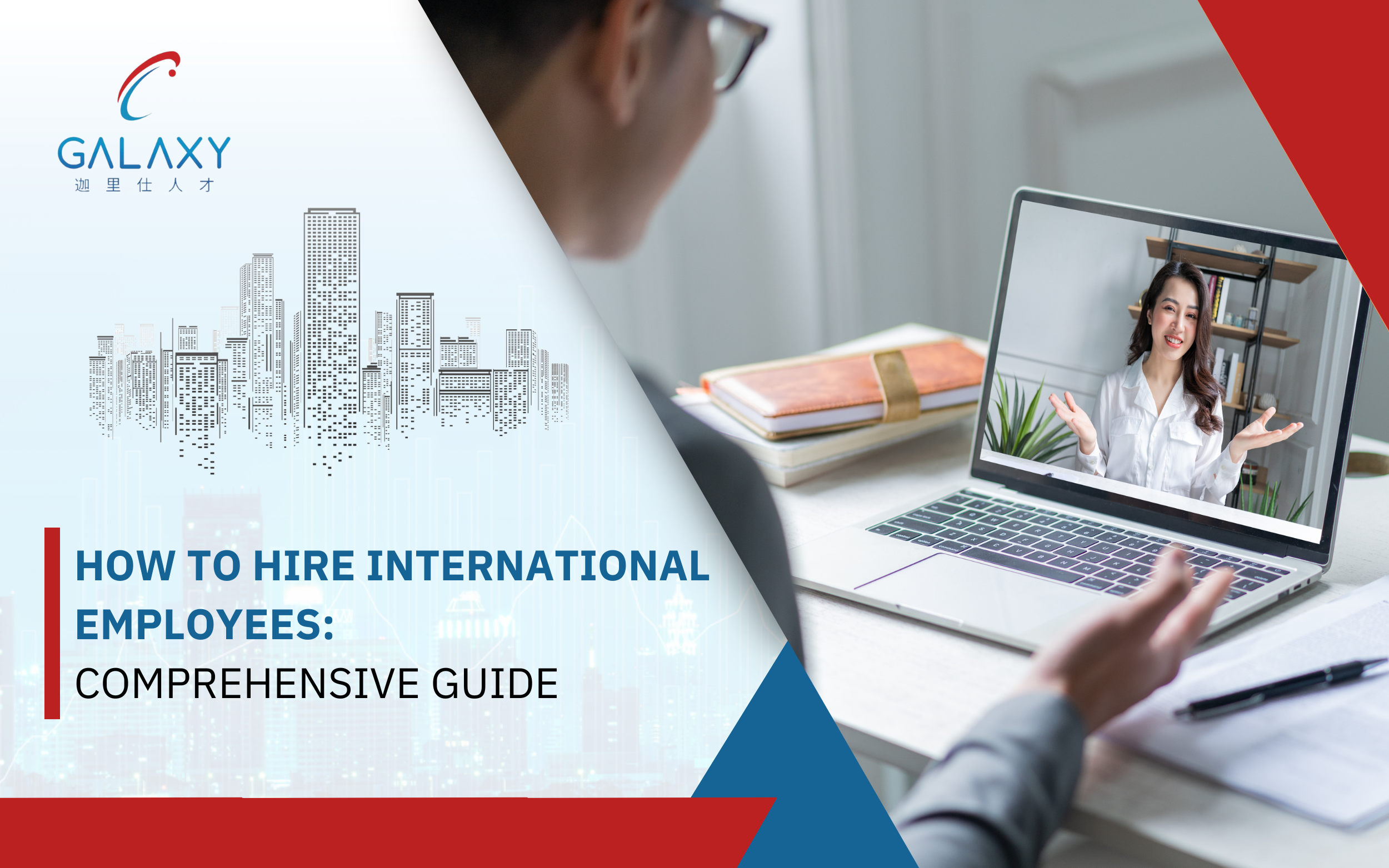Hong Kong Maternity Leave Decoded: What Every Employer Must Know!

Navigating maternity leave policies may be difficult, especially for businesses trying to remain compliant while also supporting their employees. In Hong Kong, maternity leave is a well-defined legal entitlement, and employers must understand these rules in order to establish a friendly work environment and avoid legal ramifications. Here is everything you need to know about Hong Kong’s maternity leave policy.
1. Eligibility for Maternity Leave
According to the Employment Ordinance (EO), a female employee in Hong Kong is eligible for maternity leave if she meets the following criteria:
- She has been on a continuous contract for at least 40 weeks prior to the anticipated date of birth.
- She presents her employer with a medical document confirming her pregnancy and projected due date.
- She provides her employer advance notice of her desire to take maternity leave.
2. Duration of Maternity Leave
Eligible employees are entitled to 14 weeks of maternity leave. The leave time normally begins four weeks before the planned date of birth and lasts ten weeks after delivery.
- If the employee delivers birth early or needs extra rest for medical reasons, the leave can be adjusted based on the doctor’s recommendation.
- Additional leave may be requested, however this is up to the employer’s judgment and consent.
3. Maternity Leave Pay
Maternity leave pay is computed at four-fifths (80%) of the employee’s average daily wage. To be eligible for this payout, employees must have:
- Worked under a continuaous contract for at least 40 weeks.
- Provided a medical document that indicated the pregnancy.
- Provided proper notice of the intended departure period.
Employers can recover the cost of maternity leave pay from the government in certain circumstances, such as participating in the Reimbursement of Maternity Leave Pay Scheme.
4. Notification Requirements
In order to be eligible for maternity leave, workers must:
- Give their employer notice at least three months in advance of their due date.
- Present a medical certificate from a licensed medical practitioner.
Employers must verify that they received the notice and make the necessary preparations.
5. Protection Against Termination
Pregnant employees are given significant safeguards under Hong Kong’s maternity leave laws. Her employer cannot terminate an employee’s contract because she is pregnant or on maternity leave. If someone is fired during this time without a good reason, there may be legal repercussions and compensation claims.
6. Additional Rights and Considerations
Antenatal Appointments: Employees have the right to take time off for prenatal medical examinations, provided they give advance notice to their employer.
Breastfeeding-Friendly Workplace: Although existing regulations do not require it, employers are encouraged to create a friendly work environment for breastfeeding employees.
Paternity Leave for Partners: Male employees are entitled to five days of paternity leave in addition to the maternity leave framework.
7. Penalties for Non-Compliance
Employers who fail to follow maternity leave requirements may suffer legal consequences, such as fines and compensation claims. This may also impact the company’s reputation and employee morale.
8. How an EOR Can Help
Compliance with maternity leave policies can be difficult for Hong Kong-based businesses, particularly those with a diverse workforce. A reliable Employer of Record (EOR) service helps streamline the process by:
- Ensuring full compliance with local employment regulations.
- Preparing payroll calculations for maternity leave pay.
- Managing documents and employee notifications.
- Providing continuing HR support and legal advice.
Conclusion
Understanding and adhering to Hong Kong’s maternity leave legislation is critical for businesses to be compliant and build a healthy work environment. Partnering with an EOR service guarantees that your company is completely prepared to handle these tasks quickly, allowing you to focus on growth while also helping your employees during a key period in their lives.
If you need expert advice on handling maternity leave and other HR challenges, contact us today to see how our Hong Kong EOR services may help.
Support Your Employees with Confidence!
Discover how our EOR services can help you navigate maternity leave policies effortlessly.
FAQ’S
Who qualifies for maternity leave in Hong Kong?
A female employee is eligible for maternity leave pay if: She has been employed under a continuous contract by the company for at least 40 weeks immediately before the commencement of scheduled maternity leave.
How is maternity leave compensation calculated in Hong Kong?
Maternity leave pay is computed as four-fifths (80%) of the employee’s average daily wage. To be eligible for maternity leave pay, employees must meet certain criteria and produce the relevant documentation, such as a medical certificate and proper notice.
Can businesses fire employees on maternity leave?
Employers are not allowed to fire employees because they are pregnant or while on maternity leave. Such activities may result in legal sanctions and compensation claims against the employer.
How can an Employer of Record (EOR) help with maternity leave compliance?
An EOR solution may handle payroll calculations for maternity leave compensation, maintain compliance with Hong Kong’s employment rules, manage documentation and employee notifications, and give HR support, allowing firms to stay compliant while focusing on growth.



